Quality Engineering and Software Testing Tools Directory

Discover how integrating SAST with comprehensive test management enables your team to ship safer software sooner.

Code, test, and deploy synthetic monitoring at scale.

Shift Everywhere With the Leading Cloud-Native AppSec Platform
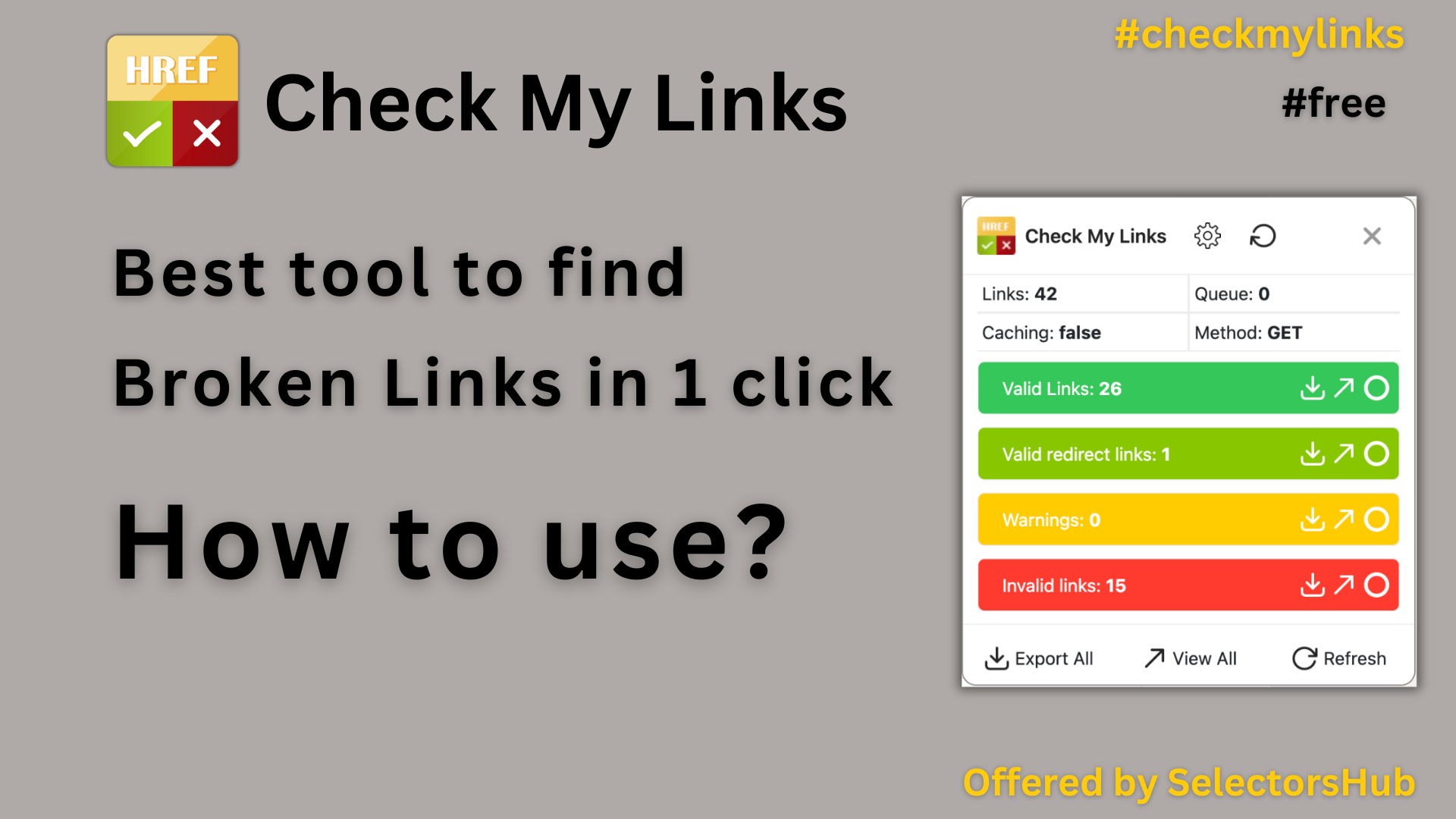
Check My Links is a Free Browser extension designed to help web developers, content editors, and SEO professionals quickly scan web pages for Broken links, Active links, warnings, and valid indirect links.

Chrome DevTools is a set of web developer tools built directly into the Google Chrome browser.

Advanced AI model for code analysis, debugging, and technical documentation
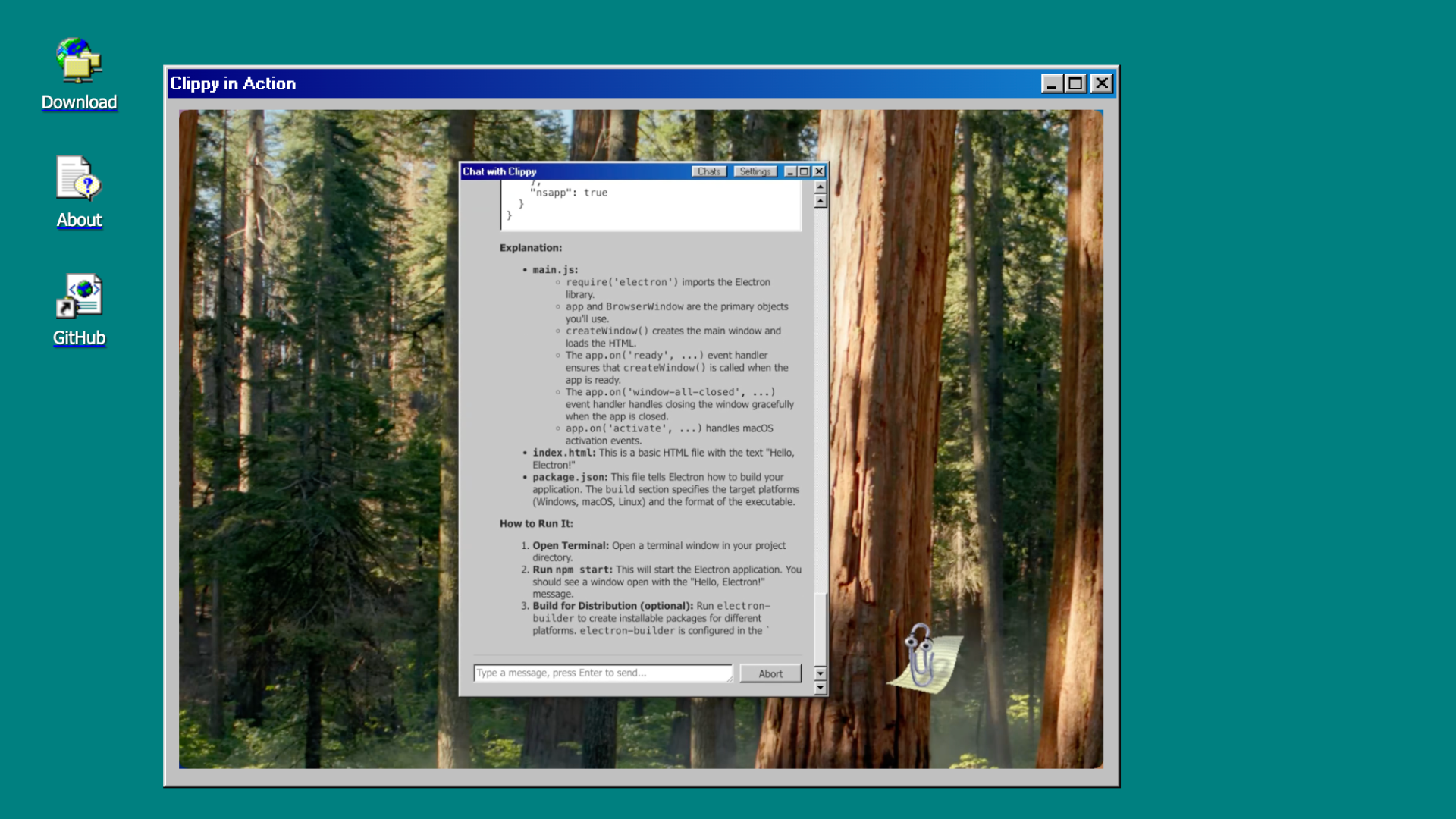
Clippy lets you run a variety of large language models (LLMs) locally on your computer while sticking with a user interface of the 1990s. It's a love letter and homage to the late, great Clippy - and the visual design created by Microsoft in that era.

Your code, covered. Cross-platform and cross-compiler code coverage analysis for C, C++, SystemC, C#, Tcl and QML code.

AI Code Completion & Chat

CodeRabbit is an AI-powered code review tool that streamlines PR reviews, offers line-by-line suggestions, summarizes changes, validates issues, and provides personalized feedback—boosting code quality, reliability, and team productivity.

Introducing our AI Image-based Test Case Generator Tool, your new essential companion for efficient software testing.

A website for getting different information for colors (different formats, complementary color) , especial a color blindness simulator.

Use TPGi's free colour contrast checker to optimize your content - including text and visual elements - for individuals with color-blindness or low vision impairments.

Scriptless AI-Powered Software Testing Automation Solutions
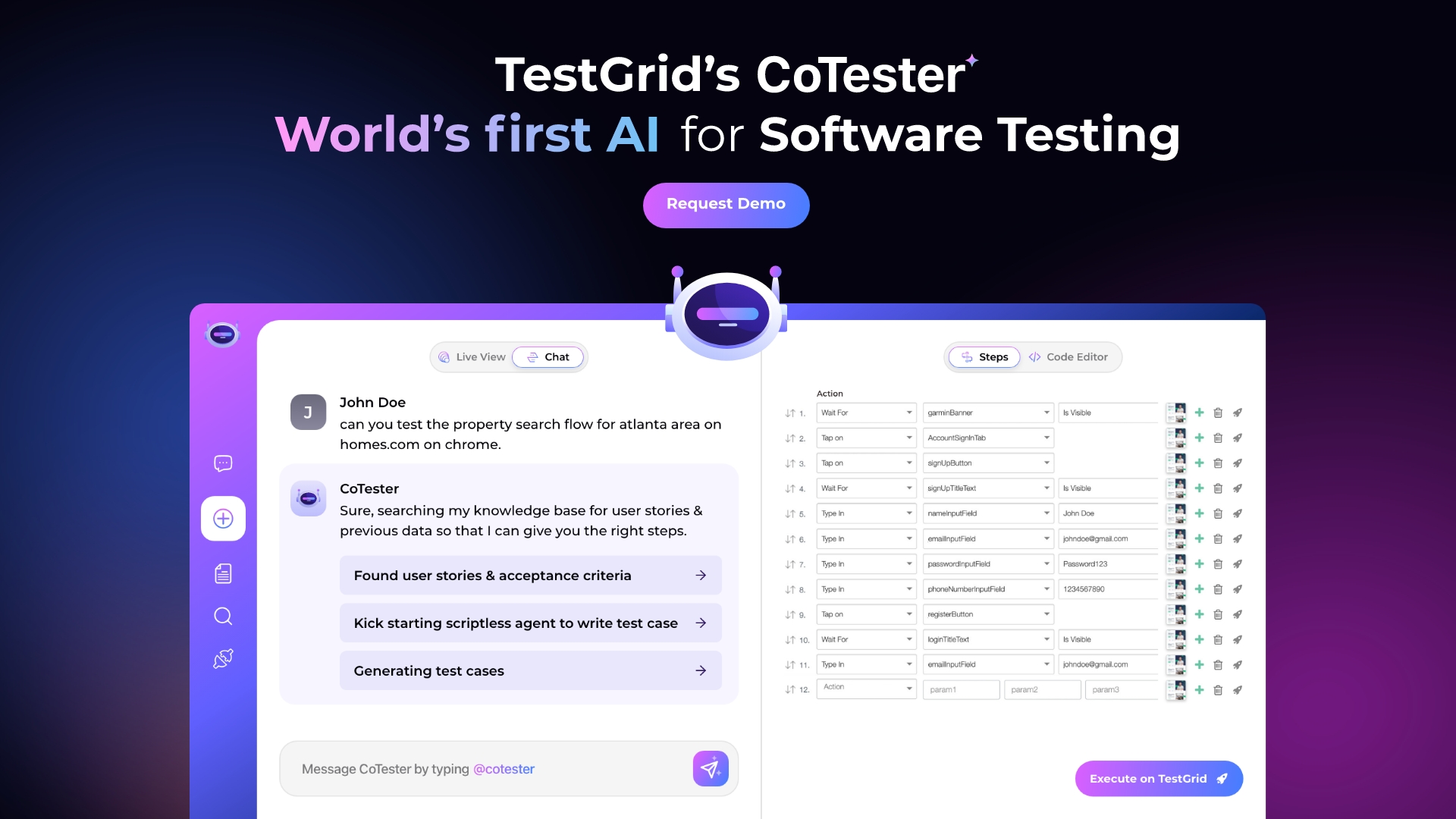
CoTester is the world's first AI for software testing, it is pre-trained on advance software testing fundamentals & SDLC. CoTester can help QAs write, debug and execute test cases upto 50% faster.

AI to Assist Software Testers. Test Ideas. Right in the Browser.

Status, performance and uptime monitoring for cron jobs, websites, APIs and more.

Validate executable specifications against your code on any modern development stack. With over 40 million downloads, Cucumber Open is the world’s #1 automation tool for Behavior-Driven Development.

AI-powered. End-to-end. Your complete test data management platform.

AI-powered code editor with intelligent autocompletion and refactoring
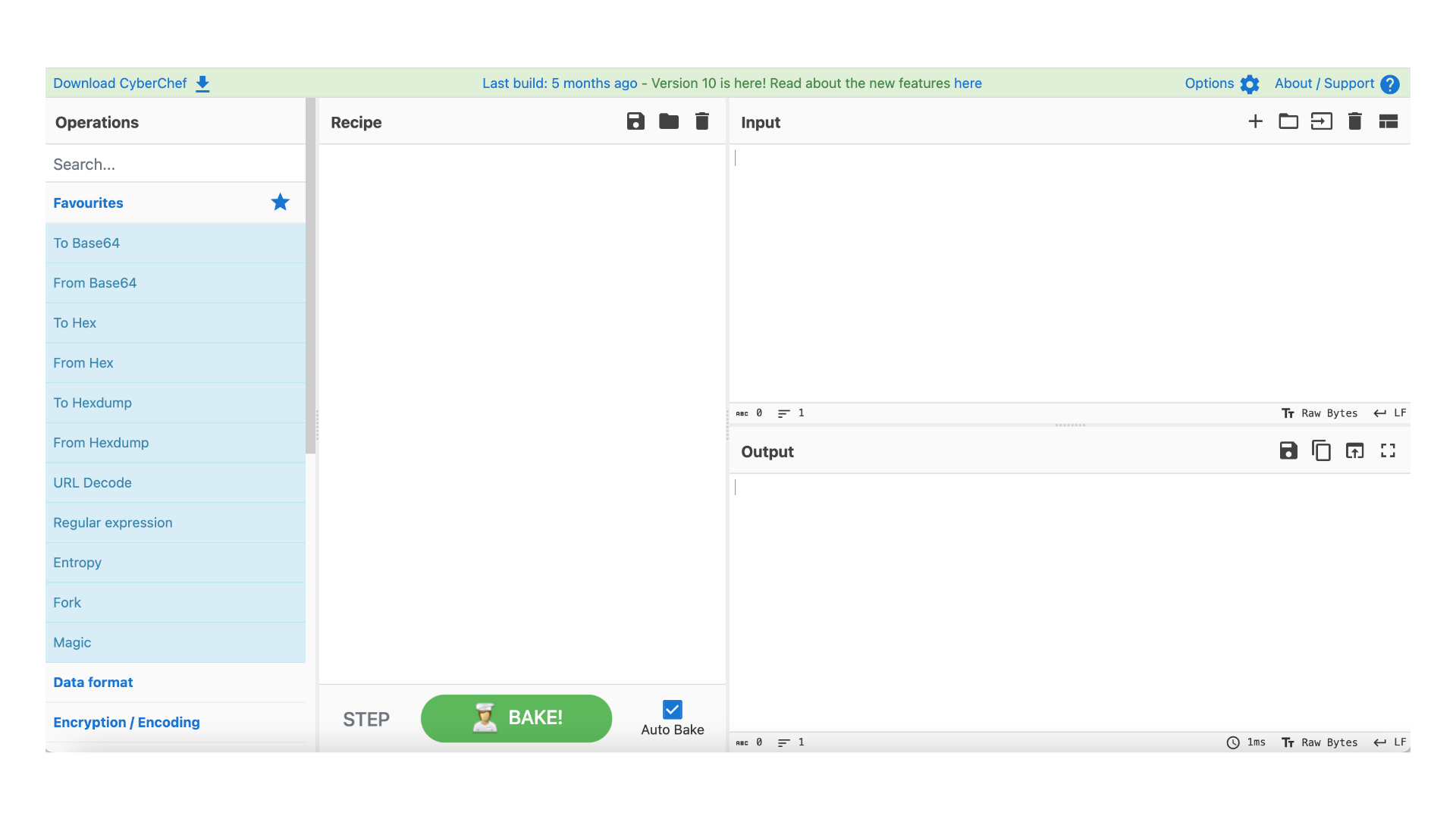
The Cyber Swiss Army Knife - a web app for encryption, encoding, compression and data analysis. Built and maintained by GCHQ (The UK intelligence and security organisation).
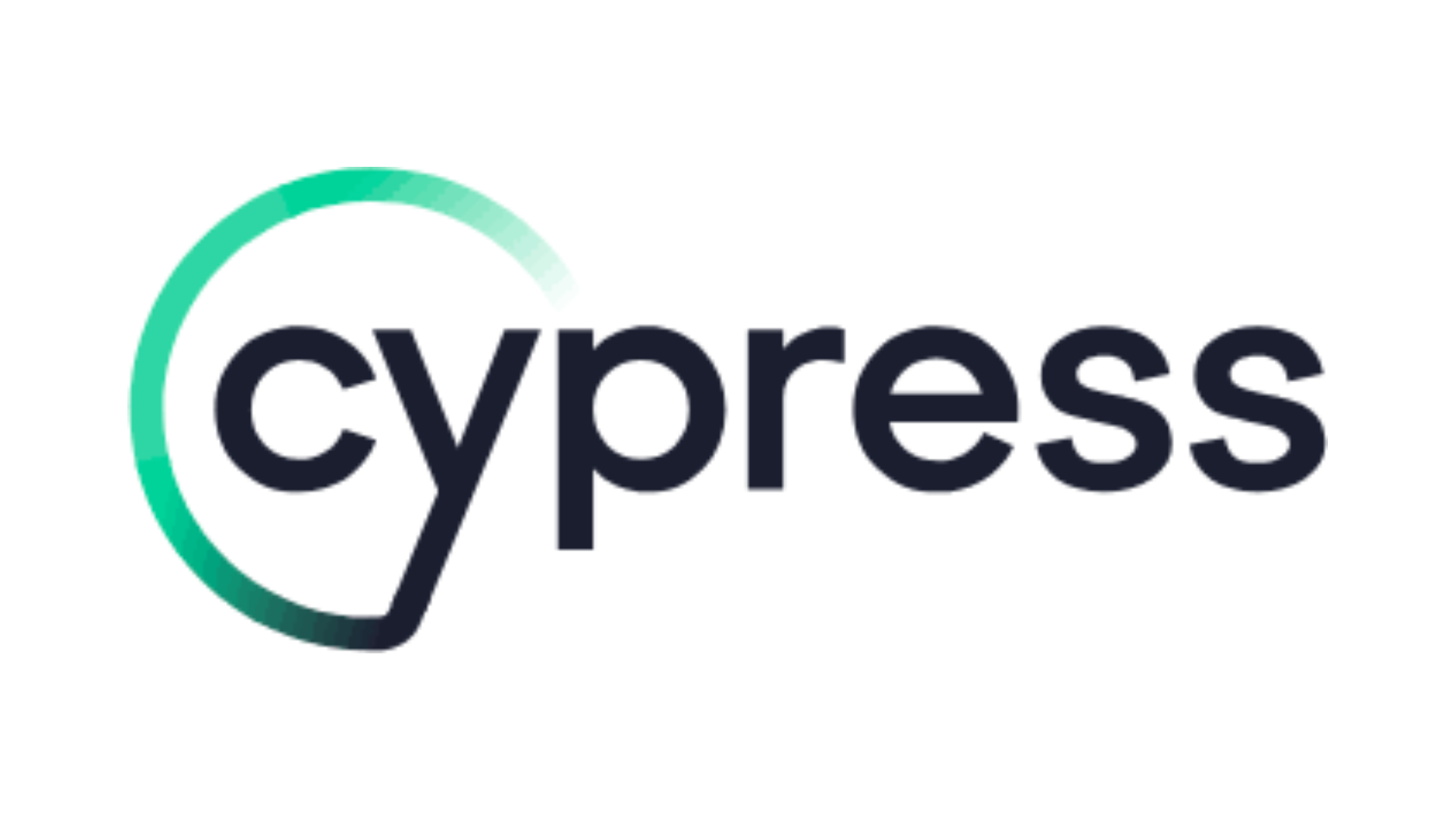
Fast, easy and reliable testing for anything that runs in a browser, Cypress is the new standard in front-end testing that every developer and QA engineer needs.

With servers in >250 cities around the world, check your site for localization problenms, broken GDPR banners, etc.

Create, run, and maintain web and mobile tests with no-code, AI-driven automation in the cloud

Discover how integrating SAST with comprehensive test management enables your team to ship safer software sooner.

We've made things easier to access all things.